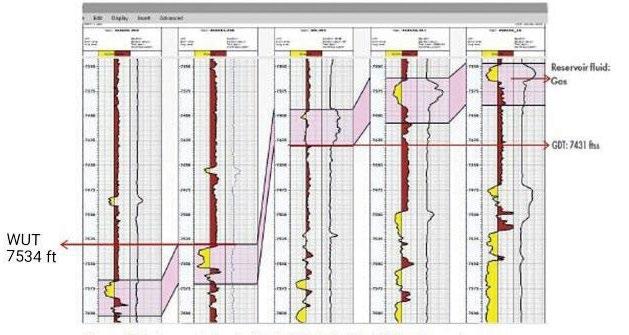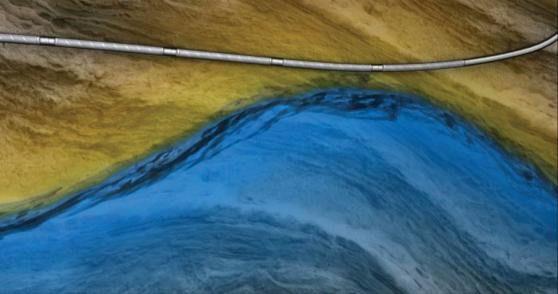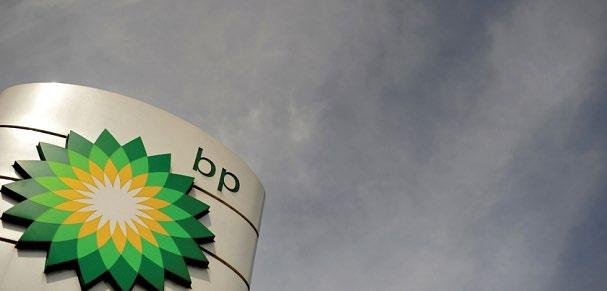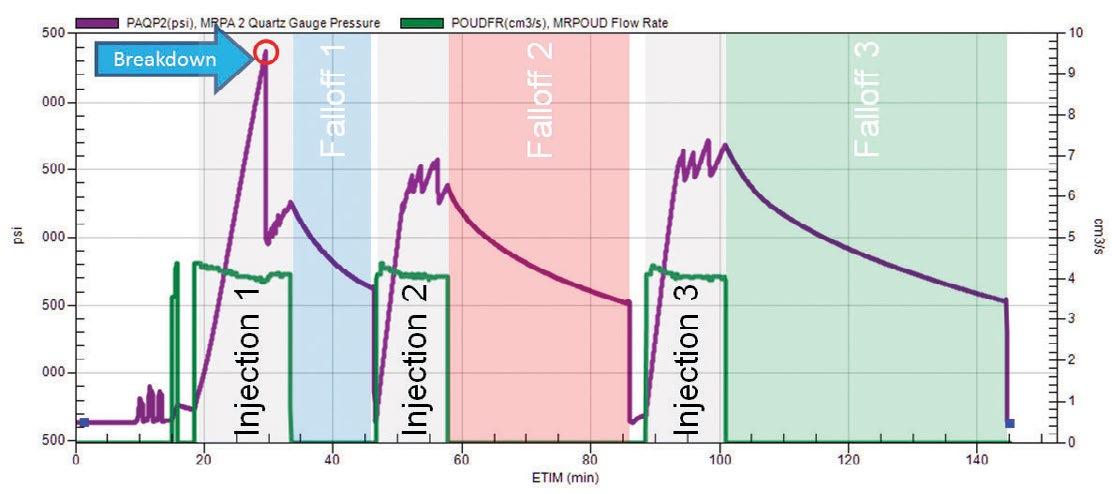ADVANCED TECHNOLOGIES
Smart Completion Wells, The Future Oil Fields Management Solution – I Fields Salma Chaabani - Completion & Wellbore Interventions Manager for West-North Africa, Baker-Hughes Completions that enable reservoir engineers to monitor and control production or injection in at least one reservoir zone are known as intelligent completions. Such technology is proving to be a reliable and cost-effective way for better reservoir management. It protects operations from the risks associated with early water or gas breakthroughs, and from cross-flow between producing zones in the same well. Moreover, the technology helps operators to increase production rates, extend field life, and reduce the need for well interventions. Fit-for-purpose completion technology is now successfully applied to lower productivity wells in a variety of applications. Increasingly, the Middle East is using the technology to manage uncertainty in carbonate reservoirs. However, other applications for intelligent completions include gas lift optimization and sand management. Specifically when related to production allocation for several superposed zones and for waterfront advancement surveillance issues, managing uncertainties in reservoirs is a major challenge. This explains the need of dedicating observer wells for some strategic fields zones, as these wells allow long-term reservoir data acquisition for the different production/injection levels. For the past decades, the notion of I-Fields has been swiftly developed, basically among oil field operators. Industry-wide, companies realized that implementing promising technologies and integrating the huge influx of data is the way to cope with the existing production challenges. “The basic idea of the I-Field is to have an instrumented and information-intensive environment for operating oil fields. As you increase the number of sensors and controls, it allows you to connect the reservoir down the value chain and make the oil field look more like a factory”, said Don Paul, Chevron CTO, defining the term I-Field. Despite the variant names that operators attach to I-Fields, they share three fundamental components: Technology, Data and People. I-Fields promote downhole and surface assets, which allow better decisions. Oil companies, which have invested in I-Field solutions, typically see a sustained production increase
of 1-2%. However, some reports show increase as large as 5-10%. Additionally, the I- Field solution has given better awareness of reserves in place and can affect the balance sheet of an operator. For an oil company having a huge potential and big declining oil fields, the implementation of such concept will be a big gain for the production management, reservoir awareness & reserves allocation. For operators coping with complex technical and economic challenges, Intelligent Production Systems (IPS) are delivering numerous advantages, such as accelerated production and cashflow, reduced workover, and increased ultimate recovery. IPS has economic advantages such as reduced CAPEX and OPEX as well as increased NPV and ROI. The most challenging limitation to overcome is to produce sequentially, avoiding zones cross-flow. Moreover, we need to follow governmental regulations, which need accurate production allocation for each zone. In the past, oil fields were exploited by tapping into single zone formations or drilling through several formations, but perforating and producing one at-a-time. Another limitation is the restricted number of feedthrough ports within the tubing hanger, due to the commercial cost impact on changing the wellhead design. Hydraulic & Electric Control Intelligent Well Systems were developed to produce measurable benefits for hydrocarbon assets. This allows a selective single-zone active control within multilevel well completions.
Challenges:
- Declining Wells Production Management. - Reserves Allocation. - Reservoir Uncertainties awareness. - Remote Areas. - Horizontal Wells: - Uneven water/gas influx (heel-toe effect). - Heterogeneities along the wellbore. - Challenging production logging inside lateral. - Difficult well intervention operations.
Fig. 1 - Conventional Completion Challenges: Uneven Water/Gas Influx (Heel-Toe Effect), Heterogeneities Along the Wellbore, Challenging Production Logging inside Lateral, and Difficult Well Intervention Operations
10 | E C H O
•
F E B R U A R Y 2016








